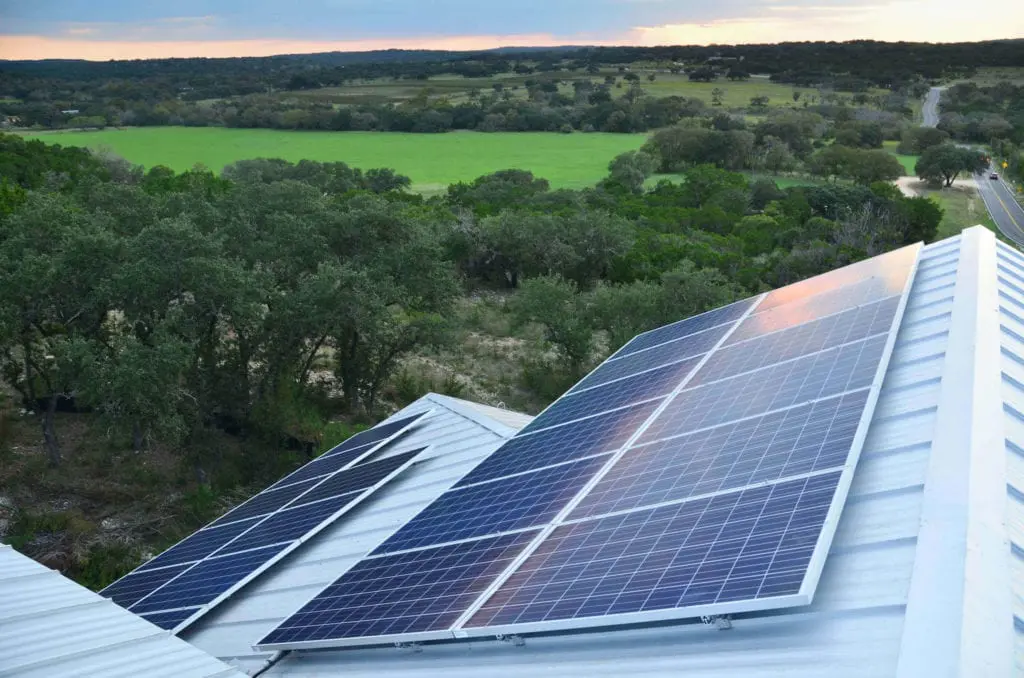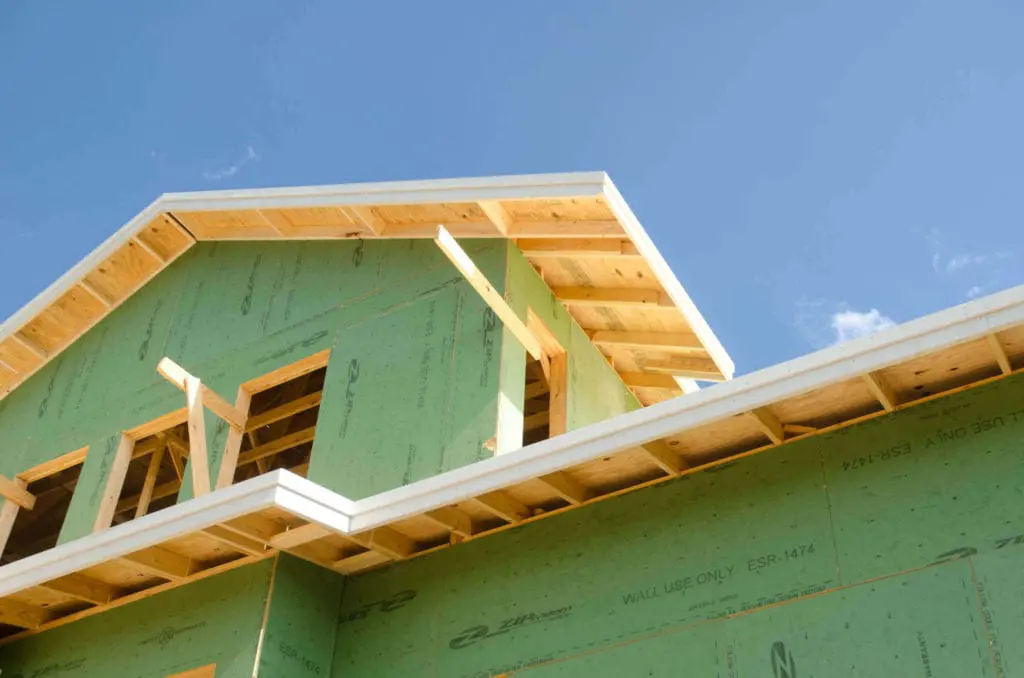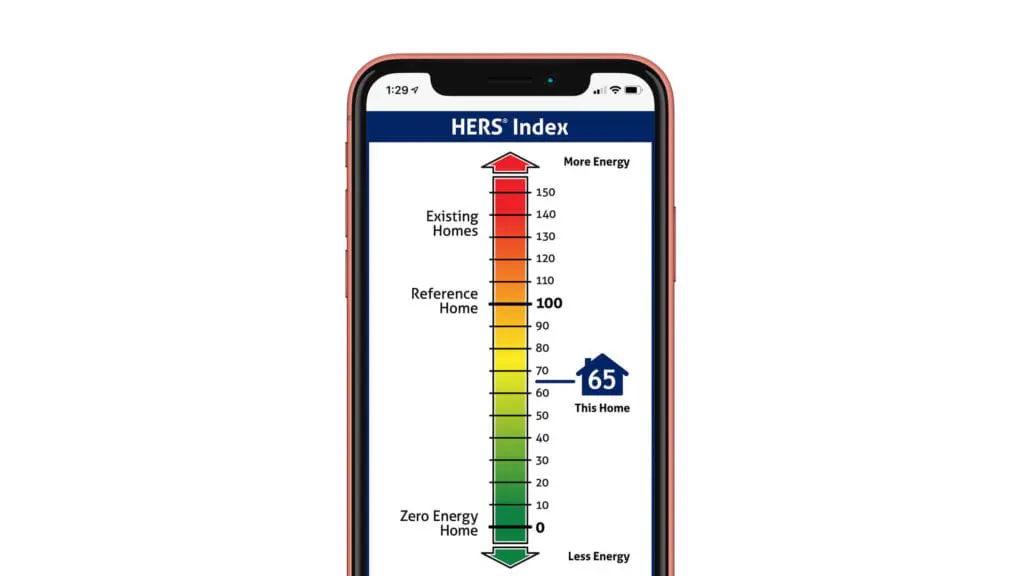Innovative new home designs can eliminate energy costs over time
Have you ever dreamt of waving a magic wand to make your home’s high monthly energy bills disappear? With today’s Zero Net Energy (ZNE) homes, that fantasy can become a reality—but it has nothing to do with sleight of hand. Rather, it’s all about the magic of building science, silently working behind the scenes to amplify energy savings and cause your utility bills to evaporate.
You are not alone in your daydreaming. Whether seeking to save the planet by minimizing their carbon footprint or simply striving to reduce expenses, energy efficiency nirvana is a goal for many Americans. According to research from Parks Associates, 82% of U.S. broadband households feel it’s important or very important to have an energy-efficient home. While there are myriad ways to retrofit your current home to higher energy efficiency, moving into a turnkey ZNE home is a fast-track route to achieve that goal—and beyond.
It’s All in the Details
While we won’t delve into all of the intricacies of ZNE—a moniker reserved for homes that produce as much energy as they consume on an annual basis—there are a number of common strategies followed by the architects and builders involved in their design and construction.
At the recent Smart Energy Summit in Austin, Texas, these strategies were front and center in a talk by Denise Ernst, vice president and energy senior analyst with Parks Associates. According to Ernst, successful ZNE home projects are grounded in 3 distinct, progressive levels of design strategy:
1. Passive Measures to Reduce Building Energy Loads
First, Ernst discussed how passive measures must be addressed with the building foundation and shell, which focuses on minimizing air leakage and heat loss. This may include tactics such as double-stud walls, thicker insulation in walls and roofs, high-efficiency windows and doors, and placing ductwork in conditioned space.
2. Minimize Energy Usage Through Higher Efficiency
Next, Ernst articulated why higher efficiency in mechanical systems and appliances needs to be examined. Here, the heating and cooling system, water heater, appliances, lighting, and other components are carefully selected to minimize energy usage.
3. Add On-Site Energy Generation

Image: Tom Kolnowski
Finally, Ernst noted that on-site renewable energy generation can be added to the home to make the quantum leap to zero energy. Typically, this is accomplished with solar photovoltaic panels and may also include home energy storage systems.
Let’s take a look at the various types of zero energy homes out there and what goes into them:
The ABCs of ZNE Homes
To be sure, acronyms abound in the home building industry. In the domain of highly energy efficient homes, that is unfortunately all too true: We have ZE, ZNE, NZ, and ZER options to choose from.
The common denominator here is that all of these building approaches are designed to help reduce the amount of energy the home consumes from the ground up, through the application of some or all of the high-performance design strategies and tactics we covered above.
Zero Energy (ZE) and Zero Net Energy (ZNE) Homes

Let’s get this out of the way right now. There really is no such thing as a truly zero energy home, since every structure we build consumes some amount of energy.
However, when you pull back the house wrap on a bona fide Zero Energy or Zero Net Energy home (yes, these terms can be used interchangeably), what you will actually discover is a structure designed to be exceedingly efficient at constraining energy consumption while simultaneously generating enough energy to effectively reduce your bill to zero.
Zero Energy and Zero Net Energy homes are the gold standard of this genre, and as such fully embrace all 3 of our design strategies—including full passive design measures, minimizing energy usage through systems and appliances, and on-site energy generation.
Their dependence on localized energy generation to achieve zero net energy means most of these homes will have rooftop solar photovoltaic panels. Correspondingly, these homes will arrive at the highest purchase cost levels among the zero energy buying options, but their cost of operation over time will be the lowest
Near Zero (NZ) Home
Another step down the staircase from ZE and ZNE is the Near Zero home. As one might expect, these homes do not achieve quite the same high level of energy efficiency, but are heads and shoulders above a standard Energy Star-certified home when it comes to operational cost.
Near Zero homes can take many different forms. Generally, they will have most of the passive design and energy-saving attributes of Zero Net Energy homes, but some design features and the size of the solar array may have been adjusted to achieve a lower purchase price.
Zero Energy Ready (ZER) Home
Another popular option is the Zero Energy Ready
(ZER) Home, a great alternative when your home-buying budget is limited but you
ultimately want to achieve a state of Zero Net Energy. On these
homes, they fully embody the all-important passive design measures and
energy-saving mechanical attributes, but leave off the on-site energy
generation add-on.
In a common scenario, a ZER home will be pre-wired for the future addition of
solar arrays. In order to convert these homes at a later date to a full-on Zero
Energy home, the homeowner will simply need to engage a solar system
provider to purchase a solar system and get it installed
Yours, Mine, and HERS
Once you begin shopping for your Zero Energy dwelling, how can you compare energy usage and operating costs between homes? The best way to do that is to check the Home Energy Rating System (HERS) Index Score of the homes you are considering, in much the same way you might use the US EPA Fuel Economy sticker on new cars to compare gas mileage and fuel costs.

As a standardized home rating system, the HERS Index Score measures the overall energy efficiency of a specific home, and the lower the score the better. The index is based on the standard new home as a reference, which has been assigned a HERS rating of 100. For instance, a home with a medium amount of energy efficiency features may have a HERS rating of 65, making it 35% more efficient than a standard home.
A true Zero Energy Home will have a HERS rating of 0, while a Near Zero home may have a rating in the range of 1 to 20. The HERS score will also be accompanied by the estimated annual energy costs for the home in dollars.
By comparing the HERS scores between similarly-sized homes, you can reliably predict comparative costs of operation before you buy.
The Net Net of ZNE
The available inventory of ZNE homes is still meager compared to the overall market, but the landscape is changing for the better based on data from the National Association of Home Builders and the Net-Zero Energy Coalition. While you may have to invest more time and energy in searching for your new ZNE home, it will repay you many times over with its reduced operating costs.
 The Sun Shines on Solar: Emerging Technologies for Greener New Homes
The Sun Shines on Solar: Emerging Technologies for Greener New Homes